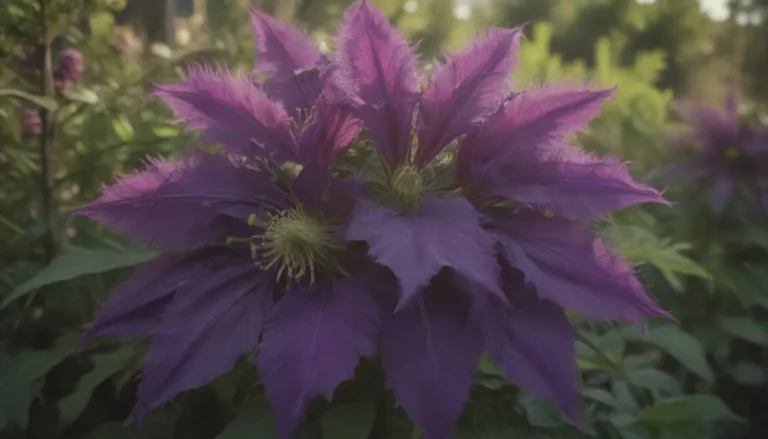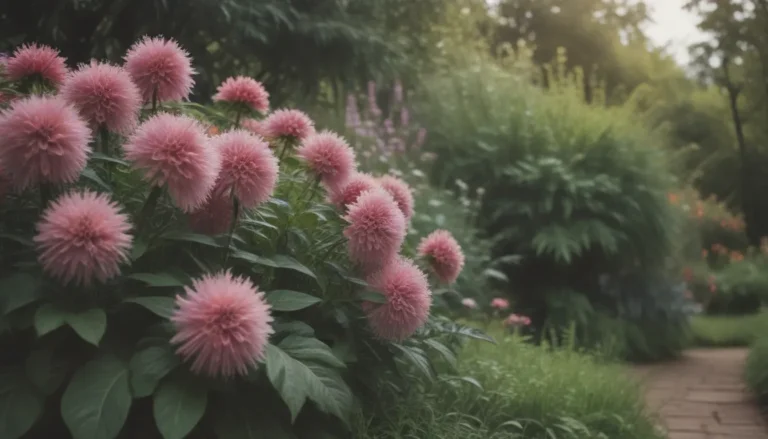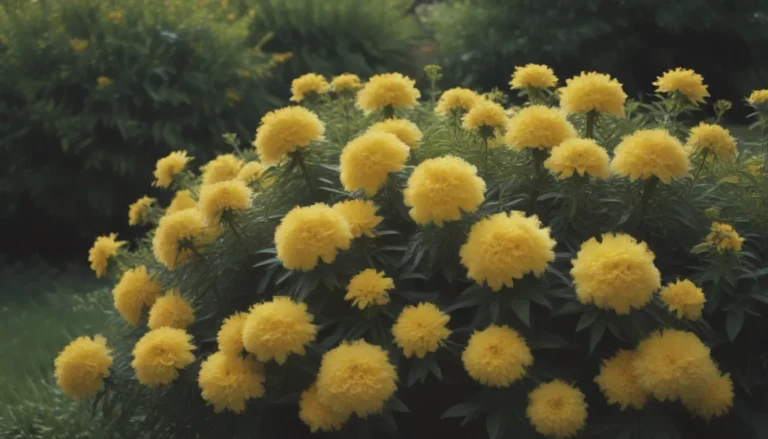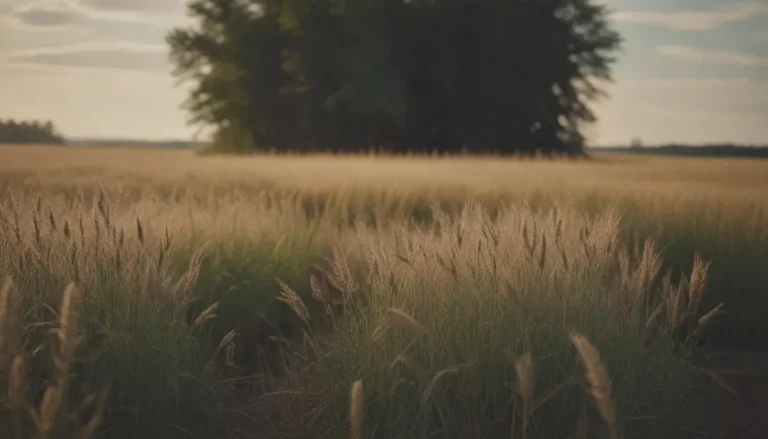26 Indoor Plants Safe for Cats and Dogs: A Comprehensive Guide
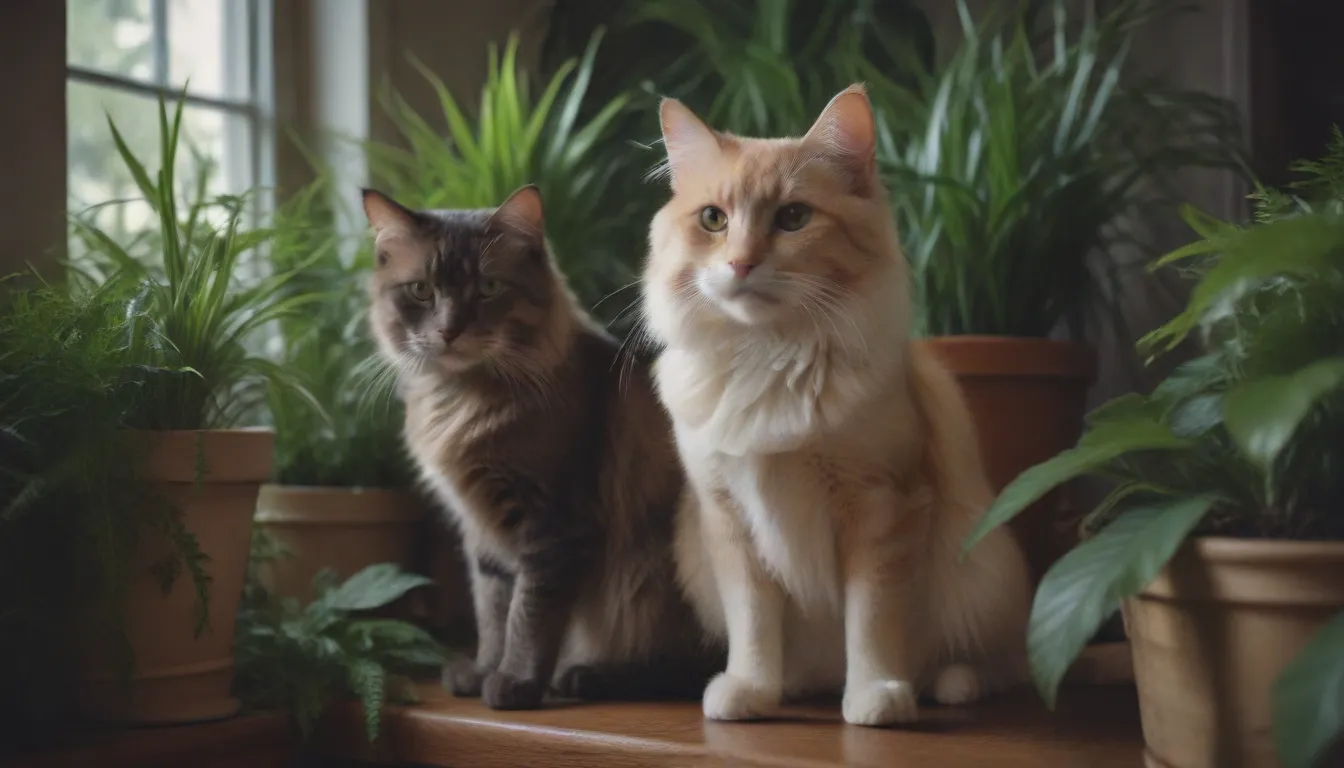
If you have pets at home, it’s crucial to ensure that all of your houseplants are safe for cats and dogs. Our furry companions may be tempted to chew on indoor plants out of mischief or curiosity, so it’s important to choose pet-friendly options to keep them safe. Luckily, there are plenty of non-toxic indoor plants that can add a touch of greenery to your home while purifying the air.
To help you create a safe and pet-friendly environment for your furry friends, we’ve compiled a list of 26 beautiful indoor plants that are safe for cats and dogs. From Boston Ferns to African Violets, these plants are not only safe for your pets but also easy to care for and aesthetically pleasing.
Creating a Pet-Safe Indoor Garden
When selecting indoor plants for your home, it’s essential to consider the safety of your pets. Keeping all houseplants out of reach of your pets is the best way to prevent them from chewing on potentially toxic plants. If you’re unsure about the toxicity of a specific plant, you can refer to resources like the American Society for the Prevention of Cruelty to Animals (ASPCA) to learn more about plant toxicity for cats, dogs, and horses.
For a flourishing indoor garden that’s safe for your pets, here are 26 non-toxic indoor plants to consider:
Boston Fern (Nephrolepis)
- Light: Bright, indirect light
- Water: Keep soil consistently moist
- Soil: Well-draining potting mix
Boston ferns, also known as sword ferns, are enduring favorites for indoor gardens. Their lush foliage adds a touch of greenery to any space, making them perfect for brightening up your home. These ferns are safe for cats and dogs, but it’s important to provide them with the humidity and light they need to thrive.
African Violet (Saintpaulia)
- Light: Low light
- Water: Keep soil consistently moist
- Soil: Well-draining potting mix
African violets are popular flowering houseplants that thrive in moderate temperatures and low light conditions. While their leaves and flowers are non-toxic to pets, it’s essential to use pet-safe fertilizers to prevent any harm if ingested by your furry friends.
Tip:
If your pets have a tendency to chew on plants, consider using non-toxic or natural fertilizers for your African violets to keep them safe.
Baby’s Tears (Soleirolia soleirolii)
- Light: Indirect light
- Water: Keep soil evenly moist
- Soil: Well-draining potting mix
Baby’s tears plants are charming additions to terrariums or hanging baskets. Their tiny green leaves form a lush mat that can deter pets from digging in your plants. These plants are safe for cats and dogs and are easy to care for in a well-lit indoor space.
Chinese Money Plant (Pilea peperomioides)
- Light: Bright, indirect light
- Water: Infrequent watering
- Soil: Well-draining potting mix
With its round, fleshy leaves and easy care requirements, the Chinese money plant is a safe choice for homes with pets. This plant thrives in bright, indirect light and requires minimal watering to stay healthy. The disc-like leaves of the Chinese money plant serve as a visual indicator of when it’s time to water.
Banana Tree (Musa spp.)
- Light: Bright light
- Water: Regular watering
- Soil: Rich soil mix
Banana trees are dramatic accent plants that can grow up to six feet in height. These plants, safe for cats and dogs, require conditions that mimic their tropical habitat, including bright light and regular watering. Providing your banana tree with the proper care will ensure it thrives in your indoor garden.
Echeveria (Echeveria spp.)
- Light: 4-6 hours of sunlight daily
- Water: Water when soil is dry
- Soil: Well-draining potting mix
Echeverias are striking succulents with plump rosettes that come in various colors. These non-toxic plants are safe for pets and require minimal maintenance. Place your echeveria in a location with ample sunlight and water sparingly to prevent overwatering.
Gloxinia (Sinningia speciosa)
- Light: Low light
- Water: Keep soil moist
- Soil: Well-draining potting mix
Gloxinias are compact, flowering houseplants that add a splash of color to your indoor space. Safe for cats and dogs, these plants require frequent watering to keep the soil moist. The vibrant blooms of the gloxinia make it a stunning choice for pet-friendly indoor gardens.
Spider Plant (Chlorophytum)
- Light: Variable light conditions
- Water: Regular watering
- Soil: Loose, loamy soil mix
Spider plants are hardy, non-toxic plants that are safe for pets and easy to care for. Their cascading foliage makes them perfect for hanging baskets or elevated spaces. These plants prefer partial shade and should be watered regularly to maintain their health.
Venus Fly Trap (Dionaea muscipula)
- Light: Bright light
- Water: Distilled water
- Soil: Well-draining potting mix
Venus fly traps are carnivorous plants that add a unique touch to your indoor garden. While these plants can catch flies, they are safe for cats and dogs. Providing them with bright light and distilled water will keep your Venus fly traps healthy and thriving.
Areca Palm (Dypsis lutescens)
- Light: Bright light
- Water: Allow soil to dry out between waterings
- Soil: Well-draining potting mix
The butterfly palm, also known as the areca palm, brings a touch of the tropics to your indoor space. This pet-friendly plant requires bright light and regular watering to thrive. Keep in mind that areca palms are sensitive to fluoride in water, so it’s best to water them with distilled water.
Calathea (Calathea spp.)
- Light: Shade
- Water: Regular watering
- Soil: Well-draining potting mix
Calatheas, also known as zebra plants, are tropical plants with striking foliage patterns. These non-toxic plants are safe for pets but require specific care, including consistent temperatures and humidity levels. Placing your calathea on a pebble tray filled with water can help maintain the ideal growing conditions.
Haworthia (Haworthia spp.)
- Light: Bright light
- Water: Weekly watering in summer
- Soil: Well-draining potting mix
Haworthias are slow-growing succulents that are safe for cats and dogs. These plants thrive in bright light conditions and need minimal maintenance. Regular watering and adequate sunlight will help your haworthia flourish in your indoor garden.
Polka Dot Plant (Hypoestes phyllostachya)
- Light: Low light
- Water: Moderate watering
- Soil: Well-draining potting mix
The colorful foliage of the polka dot plant adds a vibrant touch to your indoor garden. Safe for pets, this plant thrives in low light conditions and requires moderate watering to stay healthy. While non-toxic, sensitive pets may experience mild digestive upset if they consume large quantities of the polka dot plant.
Air Plant (Tillandsia stricta)
- Light: Variable light conditions
- Water: Submerge in water or mist regularly
- Soil: No soil required
Air plants are unique indoor plants that don’t require soil to grow. These non-toxic plants can be attached to solid surfaces and thrive in various light conditions. Regular misting or soaking will keep your air plants healthy and vibrant.
Prayer Plant (Maranta leuconeura)
- Light: Bright, indirect light
- Water: Regular watering
- Soil: Well-draining potting mix
The prayer plant is a striking houseplant with unique folding leaves. Safe for pets, this plant thrives in bright, indirect light and requires regular watering to prevent drying out. This tropical plant doesn’t tolerate dry conditions, so it’s essential to keep the soil consistently moist.
Friendship Plant (Pilea involucrata)
- Light: Variable light conditions
- Water: Regular watering
- Soil: Well-draining potting mix
The friendship plant is a trailing plant that adds a touch of greenery to any room. Safe for pets, this plant thrives in high humidity and makes an excellent terrarium specimen. Its delicate stems make it less appealing for pets to nibble on.
Peperomia (Peperomia spp.)
- Light: Variable light conditions
- Water: Infrequent watering
- Soil: Well-draining potting mix
Peperomias are popular houseplants with a wide range of colors and textures. These non-toxic plants are safe for cats and dogs and are low-maintenance. While they thrive in containers, they don’t require frequent watering, making them perfect for busy pet owners.
Orchid (Orchidaceae)
- Light: Partial light
- Water: Regular watering
- Soil: Well-draining potting mix
Orchids are elegant flowering plants that are safe for pets. These plants bloom for weeks and thrive in partial light conditions. Regular watering and well-draining soil will keep your orchids healthy and beautiful.
Mosaic Plant (Fittonia albivenis)
- Light: Low light
- Water: Moderate watering
- Soil: Well-draining potting mix
The purple waffle plant, also known as the mosaic plant, features textured leaves with white or pink veins. Safe for pets, this plant thrives in low light conditions and requires moderate watering to stay healthy. It’s an excellent air purifier, creating a healthy environment for you and your pets.
Purple Passion Vine (Gynura aurantiaca)
- Light: Bright light
- Water: Water when soil is dry
- Soil: Well-draining potting mix
Purple passion vines are unique plants with velvety purple leaves. Safe for cats and dogs, these plants require bright light and minimal watering. Preventing root rot by allowing the soil to dry out between waterings will help maximize the lifespan of your purple passion vine.
Parlor Palm (Chamaedorea elegans)
- Light: Variable light conditions
- Water: Regular watering
- Soil: Well-draining potting mix
The parlor palm is a vibrant tropical plant that’s safe for pets. These long-fronded plants are appealing to curious cats but pose no threat if ingested. With proper care, parlor palms can live for several decades, making them a long-lasting addition to your indoor garden.
Staghorn Fern (Platycerium bifurcatum)
- Light: Variable light conditions
- Water: Moderate watering
- Soil: Well-draining potting mix
Staghorn ferns are dramatic plants with antler-like leaves that add a unique touch to any space. Safe for pets, these plants require moderate watering and thrive in various light conditions. Mounting your staghorn fern on a piece of wood can create a striking visual display while keeping it out of reach of pets.
Money Tree (Pachira aquatica)
- Light: Bright light
- Water: Regular watering
- Soil: Well-draining potting mix
The money tree is a popular plant that’s known for bringing good energy into a home. Safe for pets, this plant features a braided trunk and lush foliage that’s visually appealing. With bright light and regular watering, your money tree will thrive in your indoor space.
By selecting safe and non-toxic indoor plants for your home, you can create a pet-friendly environment that’s both beautiful and healthy for your furry companions. If you have plants that are toxic to your pets, consider moving them to a location that’s inaccessible to your pets, such as a high shelf or outdoor space. Being mindful of the plants you choose for your indoor garden will help ensure the safety and well-being of your pets.
Remember, the well-being of your pets is a top priority, so always be sure to research the toxicity of plants before introducing them into your home. By choosing safe and pet-friendly indoor plants, you can create a green and thriving indoor garden that’s safe for both your pets and your family.
Here’s to creating a beautiful and pet-friendly indoor garden that both you and your furry friends can enjoy!
